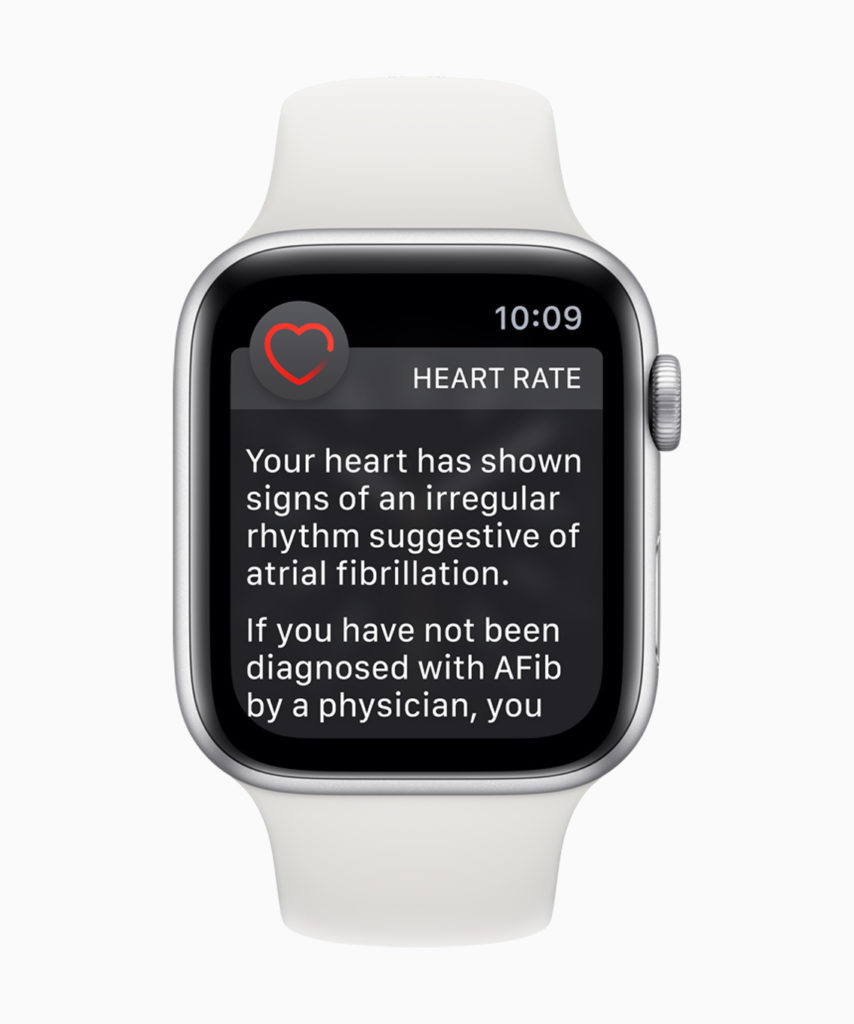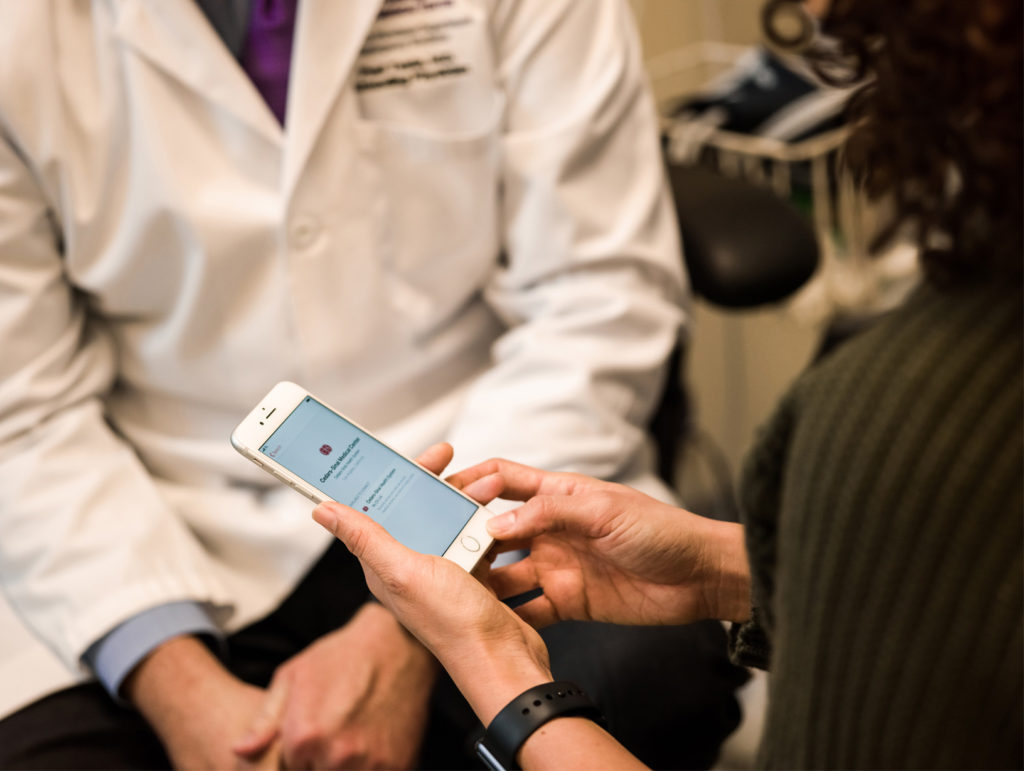How Apple’s smart clothing will be good for you

The story: An Apple patent shows the company is exploring use of smart textiles for connected clothing. The question: What problems might this solve?
The starting point
We’ll start with what we know: Apple has developed edge-based AI, haptic touch and other forms of physical feedback, a range of biometric and physical sensors, numerous software solutions and more.
I think it’s also quite important to note that Apple has been working in smart textiles and connected clothing for a while
In 2014, Nike’s CEO Mark Parker hinted at Apple’s wider plans for wearables. “I think it’s going to be a big part of the future, absolutely. I think what form it takes is the big question,” he said.
History has a forward flow. Apple’s work with wheelchair users and swimmers, for example, will have provided the company with extensive data concerning how humans move and how software and AI can make decisions in response to measurable data created when they do.
That’s quite critical, I think: Combining smart sensor technology with accurate AI means Apple already offers solutions such as:
- Finger and face recognition
- Touch-based interfaces
- Fall detection
- Heart condition monitoring and an EKG
- Activity monitors
- The as yet mythical but we know it will happen truly wireless charging technologyAirPower tells us the company is developing. Sure, it missed the deadline. When it is ready this tech will enable smart clothing you don’t need to plug in at night.
Apple has teams steeped in the fashion industry and its researchers have been developing new sensor technologies for years.

The next step
There are plenty of companies, universities and other researchers exploring how connected intelligence inside clothing and augment and help people. In sports, we already have a surfeit of smart wearables, helmets that detect a fall and monitor for signs of dizziness.
A little research and you’ll find researchers developing nanotechnology textiles that change color, T-shirts with heart sensors, coats with built-in heating or cooling systems and more.
Apple has been aware of this kind of research for years.
Speaking in 2015, Jony Ive’s buddy Marc Newsom told the Evening Standard:
“We will start to see more technology embedded in garments… magic woven in. There are some incredible things that are going to happen.”
With the evolution of 5G, Apple SIM, nanotechnology and new voice- and gesture-based user interfaces, it seems to me that Apple now has a wide selection of ingredients it could use to create smart wearables.
Though to do so it will need to develop a textile as complex as the circuits inside any other technological device that is also capable of handling daily life. The material needs to be all to survive and thrive immersion, rain and several hundred spin cycles. And, as well as inventing this, Apple must somehow also live through the usual snark and criticism of its ‘lack of innovation’ once it does.
The last part is the easy bit. (And snark is even easier. It doesn’t even require thought).

What problems might this solve?
If you think about it, we wear clothes for three primary reasons:
- Warmth and protection (and taboos concerning public nudity).
- Individual expression.
- To look good.
Smart wearables could augment all of these purposes. But we already know Apple to be especially focused on health.
Speaking in January 2019, Apple’s CEO, Tim Cook, promised:
“I believe, if you zoom out into the future, and you look back, and you ask the question, “What was Apple’s greatest contribution to mankind?” it will be about health.”
If health is Apple’s purpose and fashionable smart wearables really are on its road map then it becomes a lot easier to imagine what these things will do.
You just need to look at what Apple is already doing:
- Health monitoring
- Vital sign monitoring and management
- Activity monitoring
- Data analysis
- Confidential health record sharing and optimization
It isn’t confined to what it already does.
Look around outside its ecosystem and you can already find wearables designed to wake you up if you doze off while driving, beanie hats with built in mics and speakers so you can ask Siri to make you laugh while you ski, or belts that track your physical activity to help ensure you don’t need to add another notch.
Down the line, as technology improves enough that smart textiles can carry complex microelectronics that can withstand the slings and arrows of daily life, you can expect much more.

What the puck?
To pluck an example out of thin air, think about a smart, connected, sensor-laden shirt.
Because it is an iOS-based product, the shirt would cheerily chat to Apple’s Health app, so it would in some sense know your height, age, and weight and have access to your medical records (if you permit it).
In future, as it gathers data it would be able to analyze that data in the context of information personal to you, and existing medical knowledge about you.
It would have a deep understanding of your unique physical condition. This would enable it to advise you of all sorts of conditions, recognised, and unrecognised.
I’m no doctor, but as I see it every single item you wear against the skin could potentially yield valuable insight. Add machine intelligence and imaging to the mix and I guess what you wear could monitor blood flow, muscle activity, perhaps even helping manage and mitigate things like arthritis, muscle tension or other valuable physical signs.
Imagine how smart fabrics like these could help ensure and protect a successful pregnancy.
[amazon_link asins=’B00AZOHRAC’ template=’ProductCarousel’ store=’playlistclub-21′ marketplace=’UK’ link_id=’e88c7fe0-1511-11e9-82be-7f0caa301cd2′]
The aim?
The aim must be that the technologies we wear become capable of knowing we are becoming ill before we even begin to consciously demonstrate symptoms of that.
That they become capable (as Apple Watch already is) of warning wearers if a problem is emerging that they should do something about before they even know they need to be warned.
In this picture, wearable devices enable people to take full autonomous control of their own personal health management from an informed position of knowledge and personalized insight.
This has huge implications for the health industry – and makes it affordable and, indeed, desirable, for governments to invest in making these technologies available to their citizens at low or no cost, given the economic benefits of good health in contrast to the economic consequences of ill health.
Those most at risk tend to be those for whom the cost of these solutions is prohibitive.
I wonder if these are the kinds of implementations Tim Cook is talking about?
You can read Apple’s patent here.




